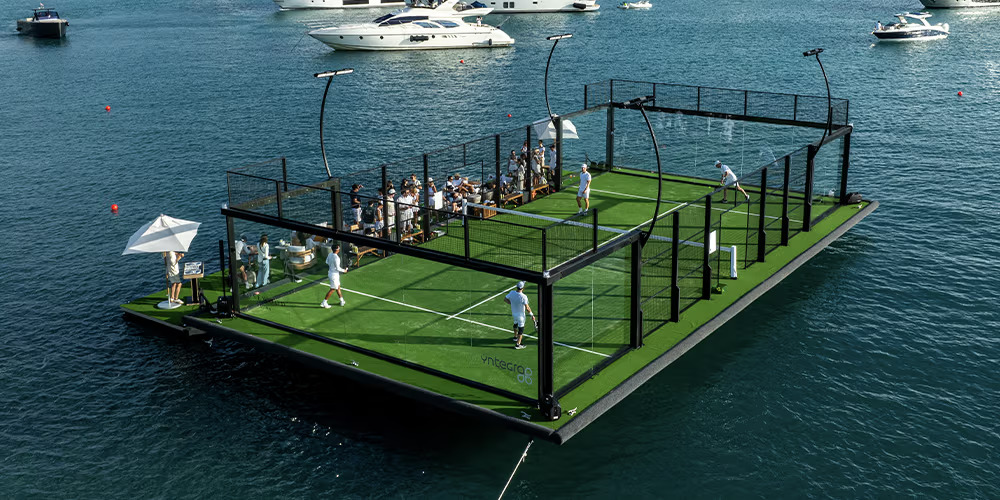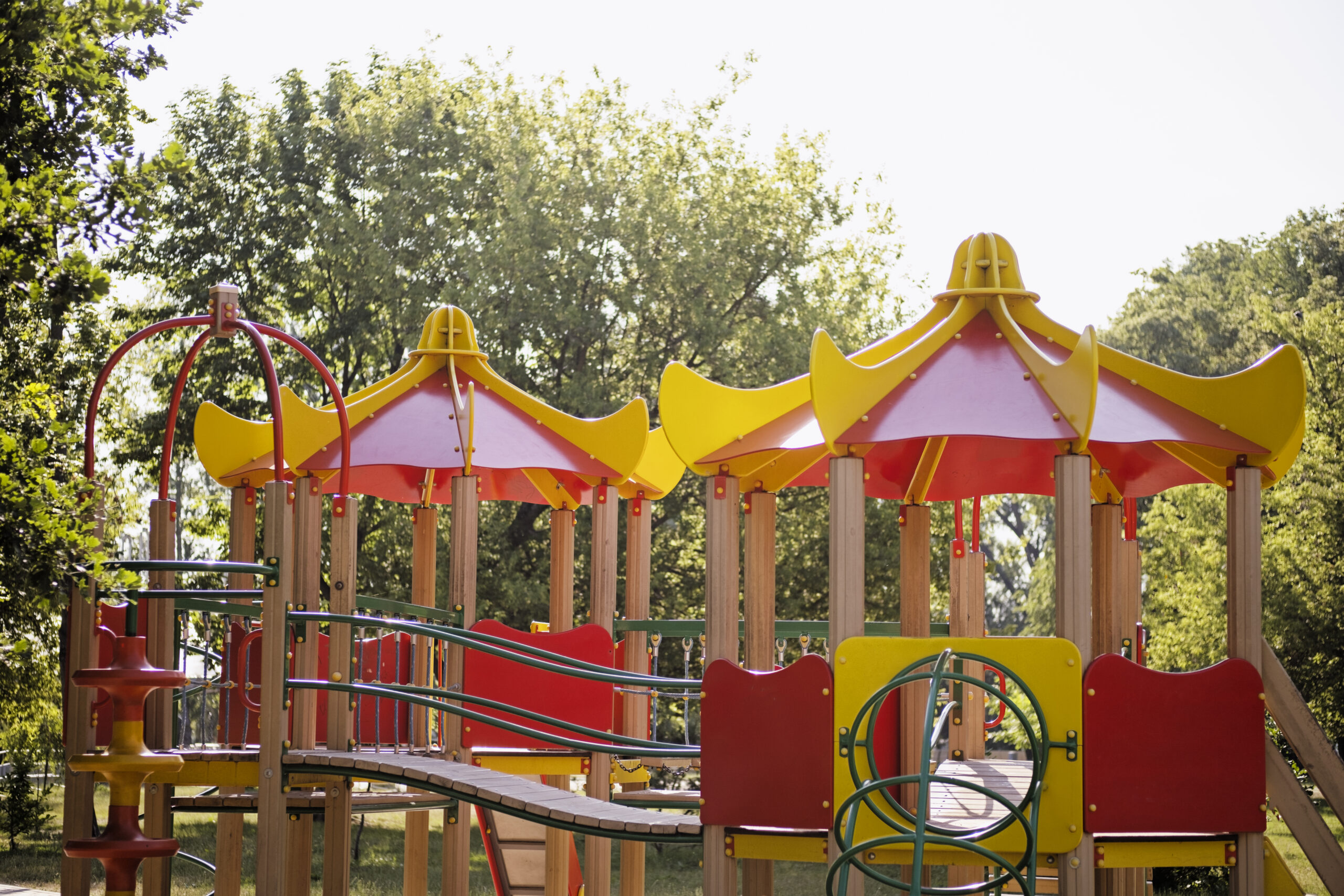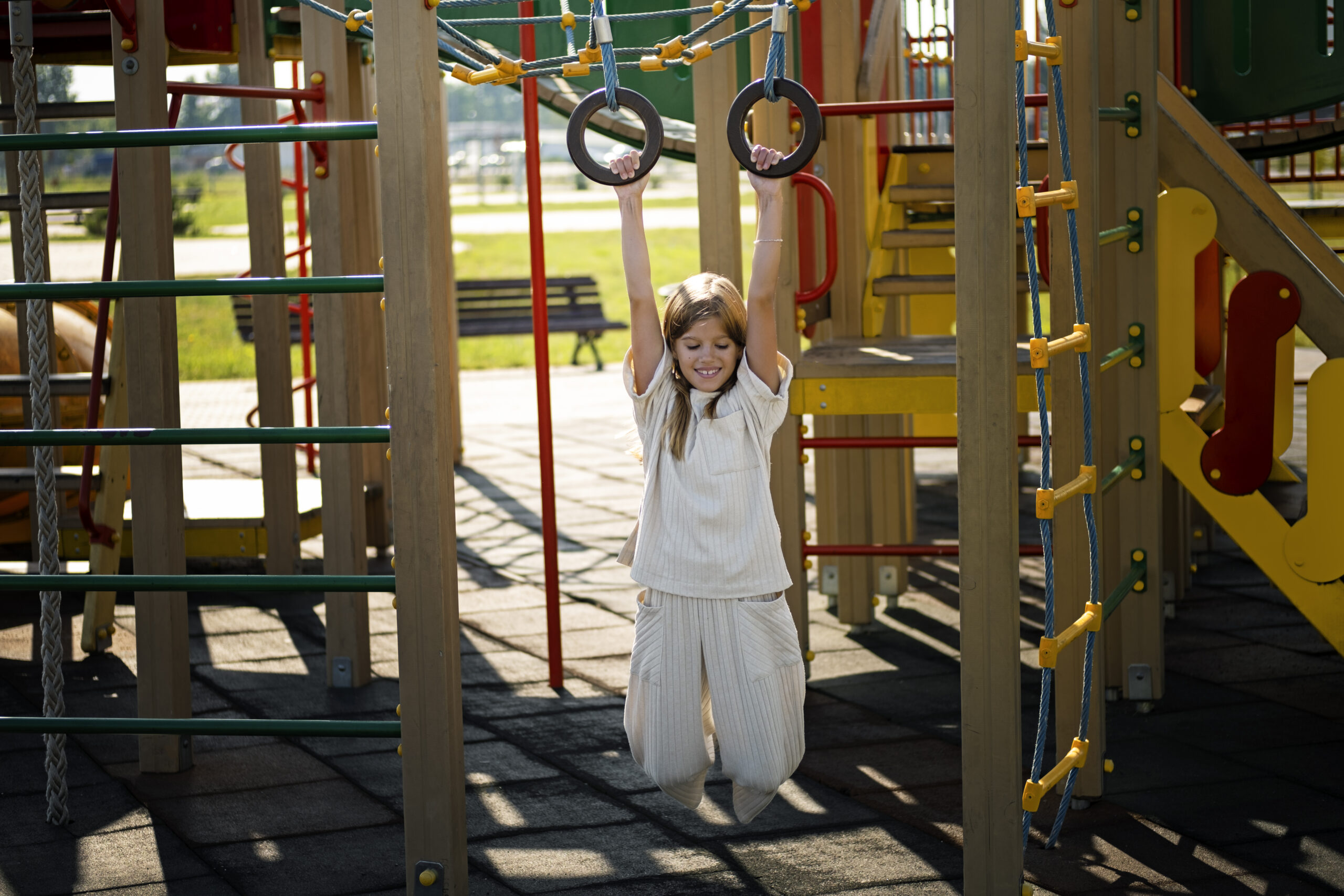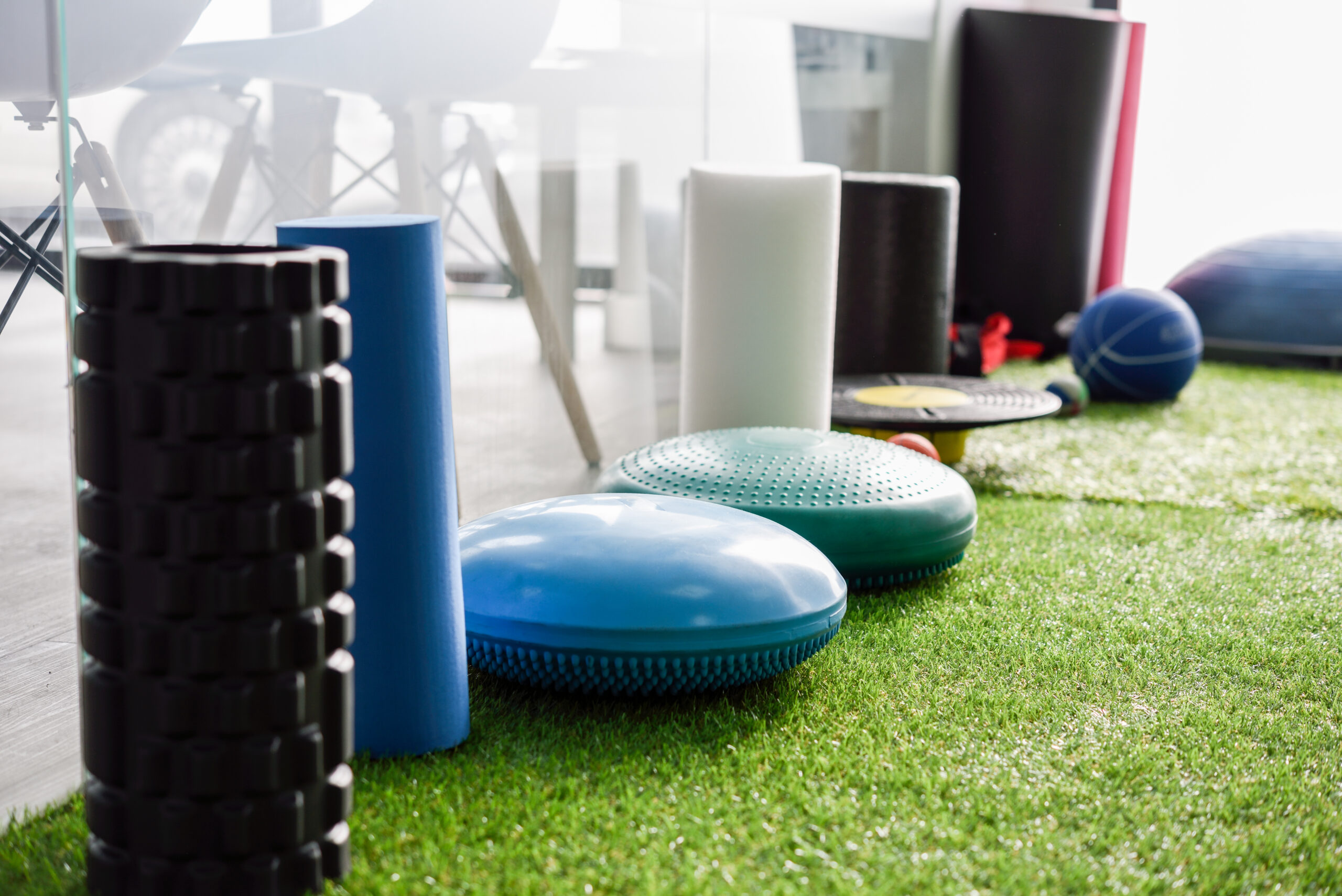Padel and other racket games are exploding in popularity, drawing players young and old who just love how easy they are to learn and how much fun it is to play with friends. But what if you don’t have the space on land to construct a court? This is where building padel courts on a floating floor offers a game-changing solution. Imagine, this completely changes your approach. It helps all the waterfront resorts, marinas, and developers set up fun, active spots for guests, and save their ground space for other things.
In this guide, we’ll explore how to plan, design, and construct a floating padel court, the technology involved, and why it is an innovative choice for property owners seeking to enhance their recreational offerings.
Why Choose a Floating Padel Court?
Floating padel courts are not just about convenience—they create a one-of-a-kind playing environment that players love. Here’s why this option is gaining attention:
- Unique Gaming Experience: Playing padel surrounded by water offers a memorable setting that attracts tourists and players looking for something different.
- Environment-Friendly Solution: The court structure uses durable and recyclable materials, making it a sustainable floating court option for eco-conscious projects.
- Maximized Land Use: Perfect for waterfronts, marinas, and resorts where building on land may be restricted or not feasible.
- Mobility & Flexibility: Floating courts can be relocated or repurposed if required, offering versatility for seasonal or multiuse activities.
- Accessibility: Many floating courts can be accessed by boat, creating an exclusive experience for players and spectators.
This blend of sport, design, and sustainability makes floating courts a highly profitable addition for waterfront developers and property owners.
Step 1: Assessing Site Feasibility
The first step in floating padel court construction is evaluating the location. Key factors include:
- Water Depth & Stability: Ensure the water body can accommodate a floating structure without compromising safety.
- Permits & Approvals: Local regulations may require environmental and structural assessments before you begin.
- Accessibility & Logistics: Consider how players, equipment, and maintenance staff will access the court.
Working with experienced engineers and contractors is crucial at this stage. They will help conduct surveys and create a feasibility report to determine if a floating court is suitable for your property.
Step 2: Designing the Floating Platform
The floating platform is the foundation of the project. Many modern floating padel courts use floating concrete modules because they offer excellent durability, stability, and resistance to corrosion. These modules are specifically engineered to withstand waves, wind, and the weight of players and equipment.
When designing the platform, factors like size, buoyancy, anchoring systems, and safety features (such as railings and lighting) must be considered. The platform must meet international safety standards and provide a smooth, stable playing experience.
Step 3: Selecting the Right Flooring System
Padel courts require high-performance flooring that ensures player comfort and safety. Flooring for a floating court must be weather-resistant, slip-resistant, and durable. The surface should offer proper ball bounce and grip to ensure a professional playing experience.
At this stage, ASTM-compliant resilient flooring systems are recommended to guarantee abrasion, puncture, and impact resistance. Quality flooring ensures your floating padel court is not just visually appealing but also long-lasting.
Step 4: Installing the Court Structure
Once the platform is ready, the court enclosure and playing surface are installed. This step includes:
- Metal or Glass Enclosure: Padel courts use glass panels and mesh fencing for visibility and safety.
- Surface Installation: The chosen flooring material is installed on the platform, ensuring proper leveling and alignment.
- Lighting Setup: LED floodlights can be added for nighttime play and events.
Proper installation ensures the court performs well under different weather conditions, giving players a professional experience.
Step 5: Safety and Quality Checks
Before opening the court to players, safety inspections and quality checks must be completed. This includes verifying:
- Platform stability and anchoring systems.
- Surface evenness and grip levels.
- Structural integrity of glass panels and fencing.
- Compliance with international padel court dimensions and specifications.
Once the court passes these inspections, you’re ready for the grand opening.
Sustainability Advantages of Floating Courts
One of the main appeals of floating padel courts is their low environmental footprint. Since there is no major land excavation or permanent alteration to the shoreline, the project causes minimal disruption to the ecosystem. Additionally, the materials used are often recyclable, making the court a long-term environment friendly investment.
Floating courts can also serve multiple purposes. During off-peak hours, the platform can host yoga sessions, small events, or other sports activities, increasing profitability and ROI for marina owners and property developers.
Challenges to Consider
While floating courts offer numerous advantages, there are also some challenges to keep in mind:
- Higher Initial Cost: The specialized engineering involved may make it more expensive than traditional courts.
- Maintenance Needs: Regular inspections are required to ensure platform stability and court safety.
- Weather Conditions: Extreme weather may occasionally limit play.
With the right contractor, these challenges can be effectively managed, ensuring smooth operation and long-term benefits.
Why Work with Professionals
Building a floating padel court is not a DIY project. It requires collaboration between marine engineers, flooring specialists, and construction experts who understand both padel court design and floating platform technology. Choosing a professional contractor ensures your court meets safety, durability, and performance standards.
Partner with Cypex Group for Floating Padel Courts
If you’re considering building a floating padel court, working with experienced specialists is the key to a successful project. Cypex Group brings unmatched expertise in sports and playground flooring systems, adhering to international ASTM standards for durability, safety, and performance. Our team works with leading suppliers to deliver top-quality, weather-resistant courts designed for long-term use.
Whether you’re developing a marina, resort, or waterfront property, Cypex Group can transform your vision into reality by delivering a world-class floating padel court. Contact us today to discuss your project and create a unique sporting destination that attracts players and boosts your property’s value.



